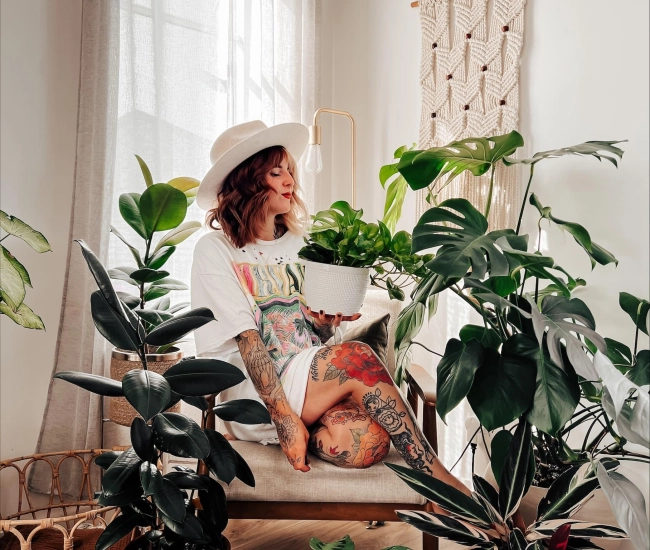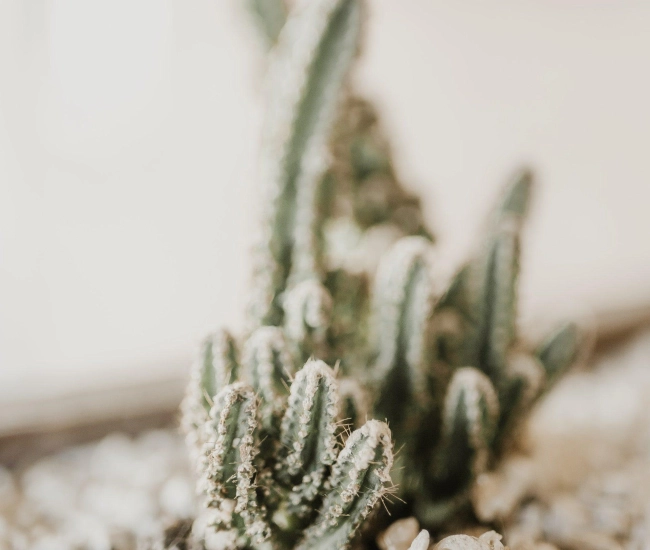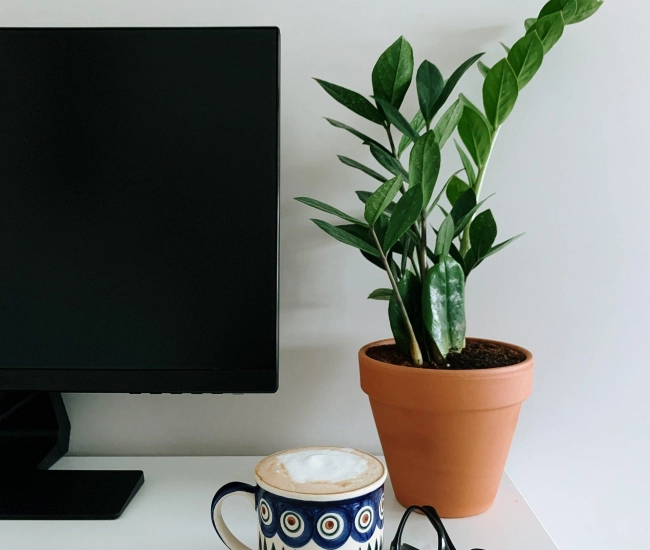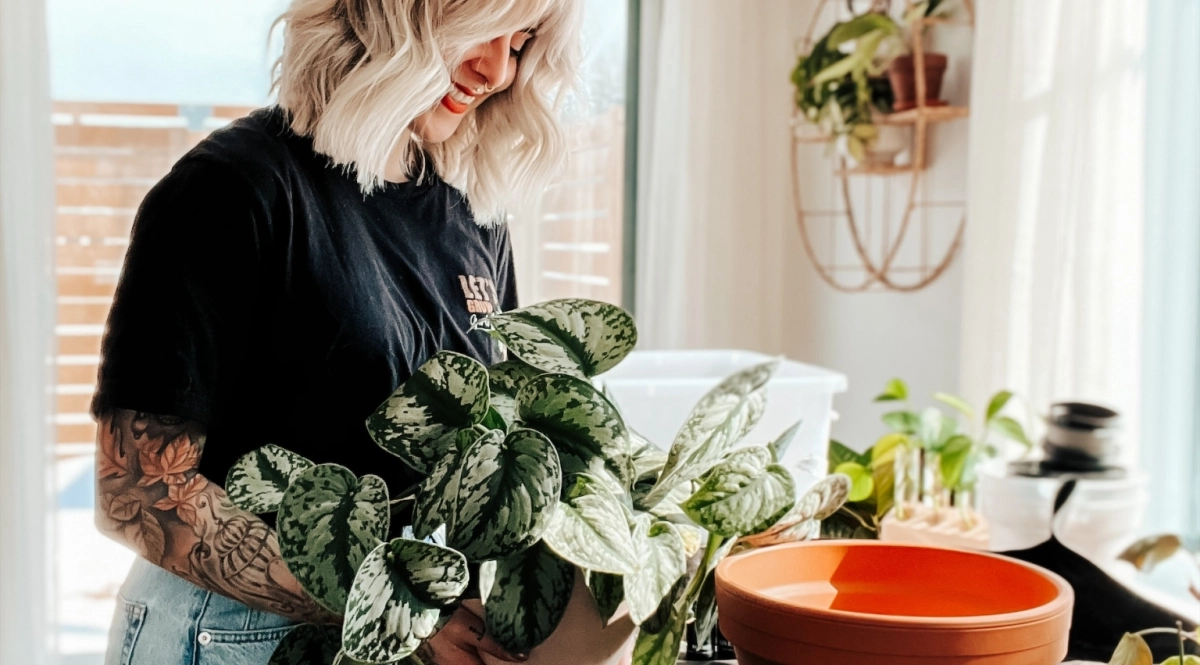
Text and photo: Laura Pigeon
__
Everything You Need to Know About Repotting Your Indoor Plants
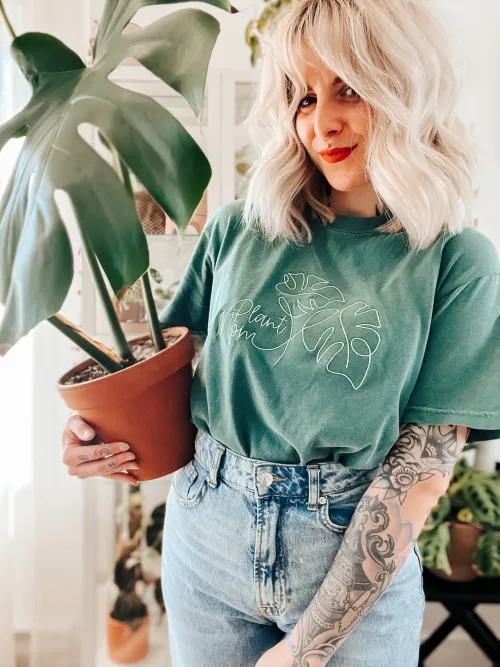
As we know, spring is the growing season! Our plants start producing leaves abundantly again, and many of them come out of dormancy. I wanted to talk to you about repotting. Repotting can seem a bit intimidating at first. We're so afraid of killing our plants... But in reality, it's what allows them to develop better and also to grow their pot, enabling the roots to take their place. Today, I'm answering some frequently asked questions that I receive on social media.
Do I absolutely have to repot all my plants every spring? How do I know if my plant needs to be repotted?
No. It is not mandatory to repot all our plants in the spring. If your plant is still healthy, doesn't need a bigger pot, and still produces beautiful leaves fairly frequently, it is not necessary to repot.
To know if a plant needs repotting, I strongly advise simply taking the plant out of the pot! Check the roots directly. If there's still a lot of soil and space, it's not necessary to upsize the pot. However, if the plant looks like the photo below, it's high time!
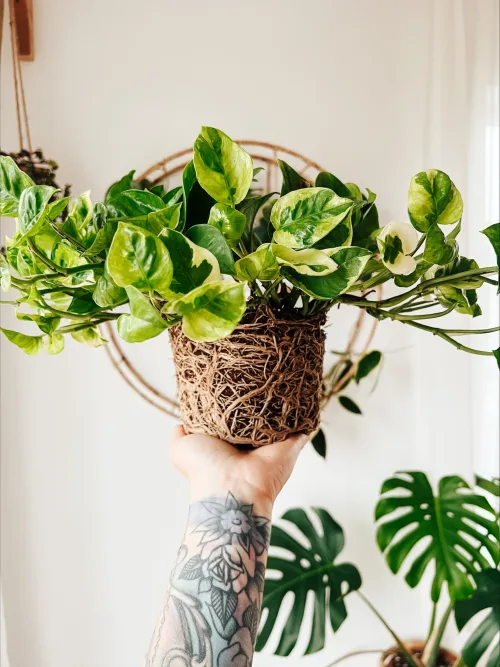
Repotting our plants also allows them to receive new minerals with fresh soil. Sometimes, soil can poorly retain water over time. If a plant hasn't produced leaves for more than 6 months, I recommend changing it. The same goes if the soil is old. As for the old soil, I like to reuse it by mixing it with new soil or putting it in flower beds or the garden.
Can I repot throughout the year, or should I only do it in the spring?
Some will tell you that it should really only be done in the spring. I would say that from my perspective, if my plant really needs it or if I have an infestation of unwanted insects, I repot my plants throughout the year. I don't want to wait for them to deteriorate further. But for your annual repotting, I recommend doing it in the spring. That's when the plants are no longer dormant.
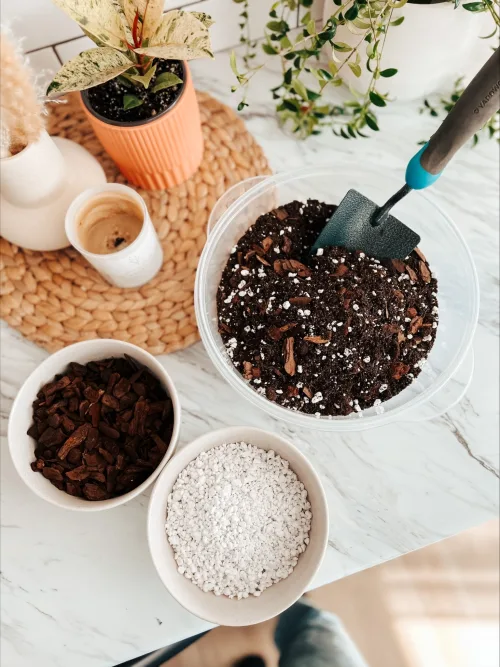
Soil... which one to choose?
There are various types of soil on the market, and choosing the right one can be confusing. The wrong soil is black earth. We never put that in our indoor plants! I recommend a pre-mixed soil for tropical plants or indoor plants. Otherwise, I like to make my own mix, which is a bit more draining. I use 2 parts potting soil, 1 part perlite, and 1 part orchid soil. It's a mix that prevents root rot but dries more quickly.
For cacti and succulents, I use the soil that's already mixed with a bit of sand.
Small tips during repotting: Always be careful not to compact the soil too much with your fingers, as if the soil is too compact, water will have difficulty circulating, and root oxygenation will be more difficult. It will also be harder to water your plant properly. I suggest always tapping the pot a bit so the soil settles well.
Do I always have to break up the root ball when repotting?
From my experience, I haven't always broken up the root ball. And I haven't really seen a difference, except maybe causing more shock to the plant. I've done both, and honestly, the plants for which I didn't break up the root ball were doing very well. I would recommend doing it if you decide to change the type of substrate or if there are pests or rotten roots.
Can I repot directly into my decorative pot?
Not at all! I don't recommend it. Why? Because the risk of root rot is higher if the pot doesn't have drainage holes. Drainage holes allow excess water to escape during watering and prevent water from accumulating at the bottom of the pot.
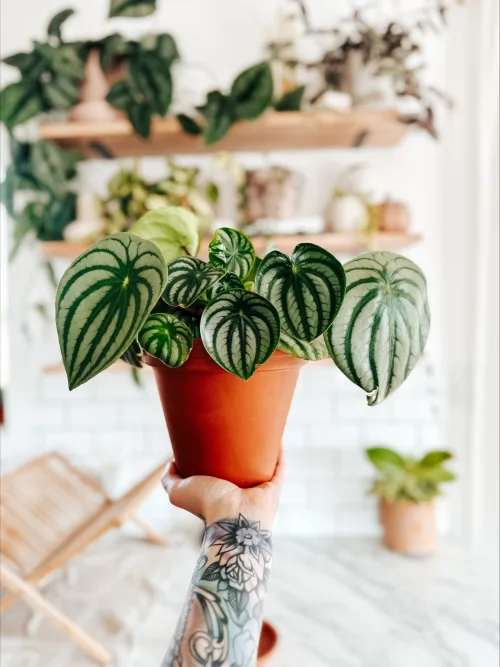
Here are my little tips for successful repotting!
Happy season to everyone!
Tips and advice

